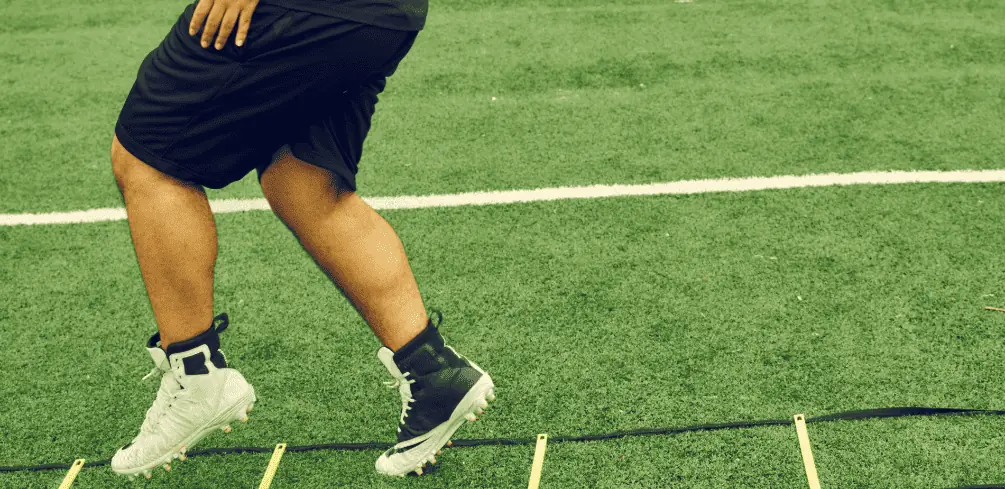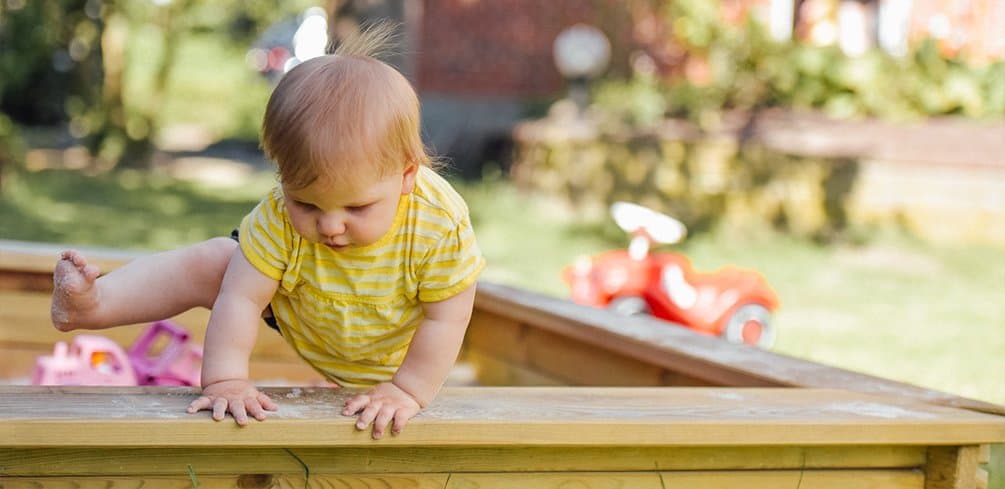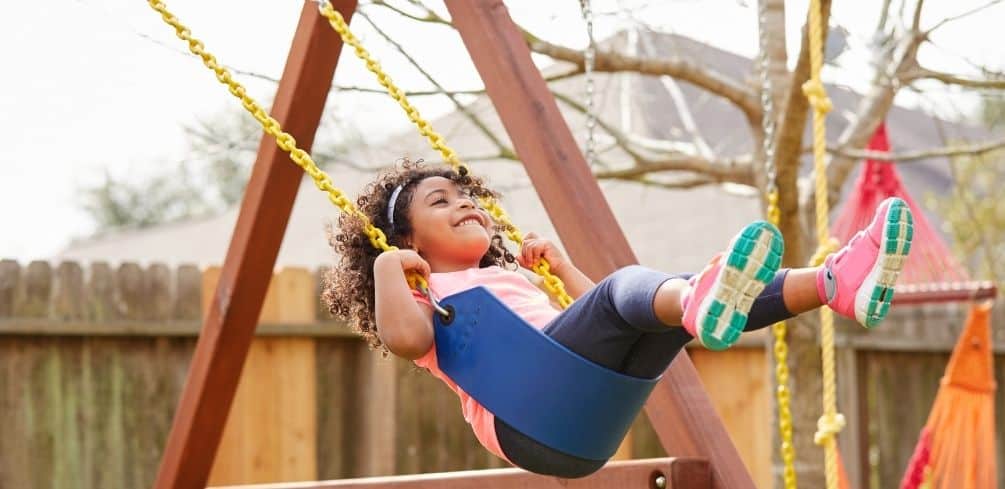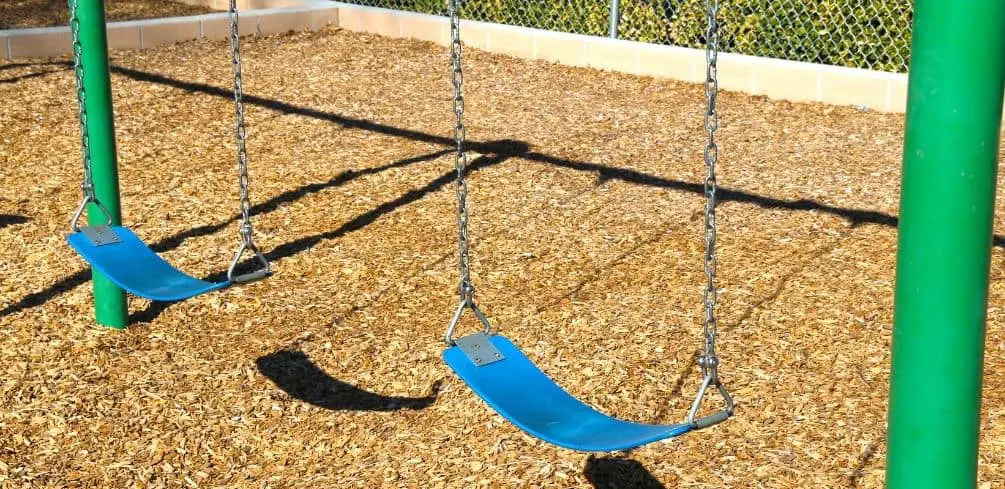So, you’ve decided to take your football aspirations off the couch and into the backyard?
Good for you! Your dreams of showcasing your skills in a packed stadium may still be a distant glimmer, but let’s face it, even Tom Brady had to start somewhere.
And considering our current reality, your first audience might just be a flock of curious squirrels or an unimpressed neighbor peering over the fence.
But don’t worry; with dedication and regular practice using these drills, soon enough, you’ll have everyone applauding your newfound agility and strength.
Now that we’re on this journey together, it’s time to trade in those chips for some cones and prep yourself for some serious backyard football drills that are designed to enhance agility with cone zig-zags, improve endurance with shuttle runs, master ball-handling with solo passing drills and build strength through push-up sessions.
Don’t forget to develop accuracy with target practice because, hey, hitting the broad side of a barn is not as impressive as threading a needle from 40 yards out!
Each drill is carefully crafted to help ensure that you come out of this experience better equipped to handle any challenge thrown at you on the field or otherwise.
Ready?
Let’s get started!
Enhancing Agility with Cone Zig Zags

Let’s not forget about the importance of cone zig-zags. They’re an excellent drill for boosting your agility on the field. These drills focus primarily on improving your speed, quickness, and overall footwork.
The basic setup involves placing a series of cones in a straight line, with each cone approximately five yards apart. However, don’t be too strict with these measurements, as variability can help enhance different aspects of agility.
You should then weave in and out of the cones using various zigzag techniques to challenge yourself.
The cone placements are crucial because they dictate the intensity and difficulty level of the drill. When you place cones closer together, it forces you to make quicker cuts and rapid changes in direction that can significantly improve your lateral quickness.
On the other hand, keeping them farther apart places more emphasis on longer strides and maintaining speed during directional changes – key elements for outrunning opponents during a game.
Remember to always keep your body low while performing this drill, as it helps maintain better control over movements.
As you continue practicing these cone zigzag drills regularly, you’ll notice significant improvements in your ability to change directions swiftly without losing balance or speed – an essential skill set for any football player aiming to outmaneuver their opponents effortlessly.
Keep pushing yourself by varying speeds or adding more complex patterns into your routine. This way, you won’t plateau but continue growing stronger and more agile with each session!
Improving Endurance with Shuttle Runs

Consider this, my friend: Shuttle runs can dramatically increase your endurance levels, turning you into an unstoppable force on the field.
These drills aren’t just about sprinting back and forth; they’re designed to push your cardiovascular system to its limit and improve your energy conservation skills.
By repeatedly accelerating, decelerating, and changing direction, you can mimic the fast-paced nature of a real football game right in your backyard.
Now, let’s break down a basic shuttle run drill:
As you become more comfortable with these sprints, consider some run variations to keep challenging yourself. You could increase distance or incorporate different movements like side shuffles or backward running in between sprints.
Alternatively, try adding additional markers at various points along the run path for multi-point shuttle runs that require quick changes in direction.
Remember that while speed is crucial in shuttle runs, it shouldn’t come at the expense of proper form or energy conservation tactics.
Focus on maintaining a steady rhythm rather than rushing through each round – this will help optimize heart rate regulation and enhance stamina over time.
Also, bear in mind that recovery periods are just as important; ensure sufficient rest between sets so that each new set starts from the point of full recovery—a strategy key for improving endurance levels effectively.
So there you have it – how shuttle runs can be used as an effective tool not just for boosting endurance but also agility and speed when incorporated rightly into your training regimen! Don’t underestimate their simplicity—shuttle runs pack quite a punch when done regularly with intent and focus!
Mastering ball handling with Solo Passing Drills

To truly excel in the game, you’ve got to master ball-handling skills, and that’s where solo passing drills come into play.
Solo passing drills are designed to enhance your control over the ball by improving your dribbling techniques. These exercises enable you to manipulate the football with both feet, using different parts of your foot – instep, sole, outside, and inside – all while maintaining balance and speed.
One popular drill is called ‘Solo juggling.’ This involves keeping the ball in constant motion using all parts of your body except for your hands. Start by gently bouncing the ball off your foot and then try to control it with other parts like knees or head without letting it touch the ground.
The aim here is not just about keeping the ball airborne but also about building a strong connection between you and the football, understanding its weight, how much force to apply when hitting it, and predicting its trajectory upon impact.
The importance of these solo passing drills cannot be overstated, as they form a vital part of any successful player’s training routine.
By practicing these exercises regularly at home in your backyard or wherever space permits, you’ll notice improvements in overall agility and quickness on the field.
You will become more adept at retaining possession under pressure from opponents because now you have improved control over every single touch on that football. So grab that ball today; every pass you make brings you one step closer to becoming an exceptional player!
Building Strength with Push-Up Sessions

Push-up sessions, while they may sound basic, pack a serious punch when it comes to building strength – proving that old adage true, ‘don’t judge a book by its cover’.
This simple yet effective exercise can be performed anywhere and doesn’t require any special equipment. Incorporating push-ups into your backyard football drills can significantly enhance your upper body strength, particularly targeting the chest, shoulders, triceps, and core muscles.
Furthermore, regular push-up routines improve overall body balance and stability, which are essential for superior performance in football.
Diving deeper into push-up variations can further maximize their benefits. The standard push-up is an excellent starting point, but as you get stronger, consider introducing more challenging versions, such as the diamond push-up for engaging triceps or the Spiderman push-up for boosting core strength.
Don’t limit yourself to these; explore plyometric push-ups, which involve explosive movements to train power and speed – critical attributes for football players.
Not forgetting the importance of injury prevention while implementing these variations into your routine. Always ensure proper form to avoid straining your back or wrists.
Remember that consistency is key to seeing improvements from this exercise regimen. Aim to incorporate at least one set of various types of push-ups during each training session in your backyard.
Keep challenging yourself by gradually increasing the number of repetitions or trying out newer and tougher variations as you progress over time.
Always listen to your body – if something feels wrong or painful beyond normal workout fatigue, take a step back or modify the movements accordingly until you build up more strength and resilience.
Building strength with push-up sessions is not about overnight results but rather about fostering long-term fitness habits conducive to enhancing your performance on the field.
Developing Accuracy with Target Practice
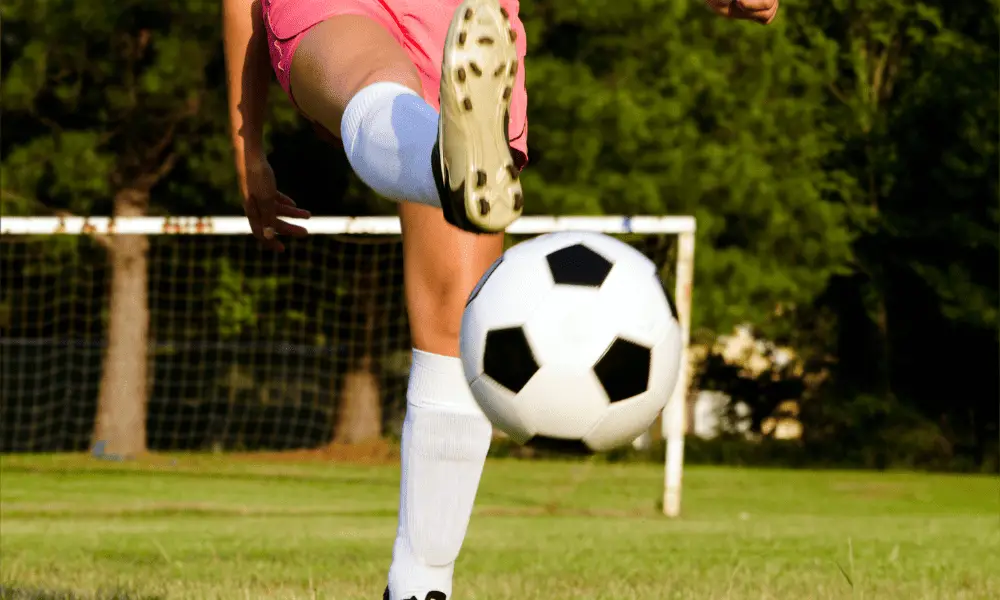
You’ll find that honing your accuracy becomes a game-changer in any sport, and it’s no different when you’re practicing at home.
Your backyard serves as the perfect training ground for developing precision throwing techniques, which are essential for quarterback skill development. Start with setting up targets at various distances and angles around your yard.
You could use tires, buckets, or even hula hoops hung from tree branches to simulate receivers in a real game scenario.
Now, let’s dive into the technique itself. It starts with having a good grip on the ball; your fingertips should be placed along the laces to allow for better control during throw-off.
Next is your stance – make sure you are balanced, knees slightly bent, and feet shoulder-width apart before you begin your throwing motion. Remember to lead with your elbow and follow through completely once you release the ball toward your target.
This ensures maximum power transfer from your body to the ball while maintaining control over direction.
As you continue this drill regularly, try challenging yourself by increasing distance or reducing target sizes to keep improving your accuracy skills further.
Also, don’t forget to incorporate movement into these drills; practice rolling out of pretend tackles and throwing on the run just like an actual game situation would require.
These backyard football drills not only enhance your precision but also help in overall quarterback skill development by mimicking real-game scenarios right at home! Your perseverance will indeed pay off when you see those spirals hitting their mark every time!
Conclusion
You’ve become an artist, the backyard your canvas.
Each drill, a stroke of brilliance, etching the image of a formidable player. The cones symbolize agility, shuttle runs reflect endurance, while solo passing drills mirror ball-handling finesse.
Push-ups are pillars of strength you build, and target practices signify accuracy.
So remember, each sweat droplet is not just physical exertion but symbolic paint on your masterpiece. Embrace these drills as they aren’t mere workouts but stepping stones to the greatness that awaits you in the world of football.

